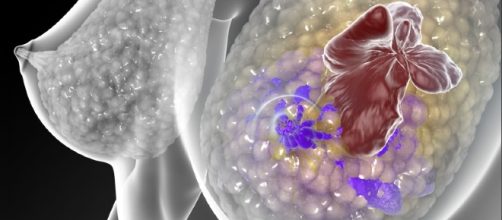Biomedicine has literally taken a frog’s leap in the fight to eradicate Cancer. Academics from Tufts University's School of Arts and Sciences, the Allen Discovery Center at Tufts, and the University of Maryland, Baltimore County are the first to report the use of Artificial Intelligence to discern precise and strict measures to transform cancer-like metastatic cells to normal cells.
Leapfrog
As reported in Scientific Reports on January 27, 2017, cancer investigators used tadpoles, or frog embryos combined with an artificial intelligence learning machine platform.
The target cells studied in tadpoles were melanocytes. Melanocytes are cells that make melanin, a brownish coloring responsible for the varying shades of skin pigment and defense from the damaging effects of the sun’s ultraviolet light.
Networks
There are electrical networks within cancer and normal cells. The disruption by electrical signal impulse waves within cancer-like tadpole melanocytes led to a reversal of cancer growth. Experiments done, in vivo, to the living tissue or organism were successful in reversing the damage. Artificial intelligence revealed the specific interventions needed to obtain the desirable outcome.
Computer model
The computer model forecasted the never before seen all-or-none agreement in the cell.
Tadpoles were treated with distinctive substances that led to aggressive, cancer-like cell formation in tissue over the left eye. While in other areas, tissue over the right eye remained normal and unchanged. The computer model projected that the percentage of tadpole pigment cells would remain normal. Artificial intelligence encompasses difficult and complicated calculations, logarithms, data interpretation, and modeling practices, all united to get accurate data.
Cancer
The implications are huge in regenerative, biomedicine, and cancer medicine. Future funding and research is needed to address the methods, systems, procedures, and performance of artificial intelligence. Scholars hope to generalize the results into novel forms of treatment and prevention. For example, techniques to reprogram tumor cells, jump-start new cell growth, and division and control of metastatic cell spread.

